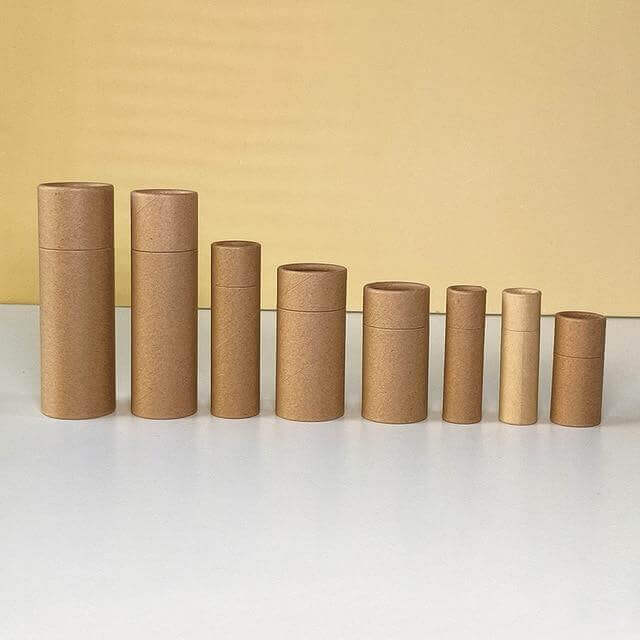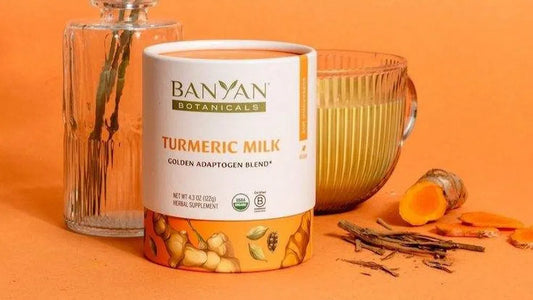How to Pick the Proper Coffee Bean Packaging
Share
Selecting the right packaging for coffee beans is crucial for preserving their freshness, flavor, and aroma. The choice of packaging can significantly impact the quality of the coffee and the overall consumer experience. This comprehensive guide will explore various aspects of coffee bean packaging, helping you make a decision for your coffee business or personal use.
What Materials are used for Coffee Bean Packaging?
The material used for coffee bean packaging plays a vital role in maintaining the quality of the coffee. Several materials are commonly used, each with its own set of advantages and considerations:
- Aluminum: Provides excellent barrier properties against oxygen, moisture, and light. It is often used as a layer in multi-layer packaging.
- Plastic: Various types such as polyethylene and polypropylene are chosen for their flexibility and barrier properties.
- Paper: Often combined with other materials, paper provides a natural look and feel and allows for easy printing.
- Biodegradable materials: With sustainability in mind, some companies are exploring options made from materials like corn starch.
- Multi-layer laminates: These combine different materials to create packaging with optimal barrier properties, such as polyester, aluminum, and polyethylene layers.
What Types of Packaging are used for Coffee Beans?
There are several types of packaging commonly used for coffee beans, each offering its own advantages:
- Multi-layer Bags: These are constructed using different layers of materials such as plastic, aluminum, and sometimes paper. The layers are designed to provide optimal barrier properties against oxygen, moisture, and light, which are critical factors in preserving coffee freshness. Multi-layer bags often include a plastic or aluminum layer for barrier protection, a paper layer for structure and printing, and sometimes additional layers for strength and durability.
- Vacuum-sealed Bags: Vacuum sealing removes air from the package, which helps in maintaining the freshness of the coffee beans by preventing oxidation. These bags can be made from various materials like plastic or multi-layer laminates.
- Paper Bags with Liners: Paper bags offer a natural look and feel and are often combined with inner liners made from materials like plastic or aluminum to enhance barrier properties. They are commonly used for specialty coffees and often feature one-way degassing valves to release carbon dioxide while preventing air from entering.
- Paper Tube Packaging: Paper tubes, made from sturdy cardboard or paperboard, are increasingly used for coffee beans. They offer a natural, premium look and can be lined with materials like biodegradable films or aluminum foil for freshness.
- Tins and Metal Cans: While less common for whole bean coffee, metal cans provide excellent protection against light and oxygen. They are often used for ground coffee or specialty products where long-term storage stability is important.
How is Coffee Packaged and Shipped?
The packaging and shipping process for coffee beans involves several steps to ensure freshness and quality:
- Roasting: Beans are roasted to release oils and develop flavors.
- Cooling: Freshly roasted beans are cooled to prevent over-roasting.
- Degassing: Beans release carbon dioxide; some roasters allow a degassing period before packaging.
- Packaging: Beans are packaged with a one-way degassing valve to release CO2 while preventing oxygen ingress.
- Sealing: Packages are heat-sealed for freshness.
- Labeling: Packages include product info, roast date, and certifications.
- Boxing: Packaged coffee is boxed for shipping.
- Shipping: Transported under climate control to maintain quality.
How does transport distance affect package effectiveness?
There are many aspect could affect the coffee bean, such as variations in temperature, humidity, and exposure to sunlight during transportation. Ensuring coffee beans arrive at their destination in optimal condition takes a lot of efforts. Here are types of coffee bean packaging will perform differently under various transportation conditions:
1. Multi-layer Bags:
Long Distance: Multi-layer bags are designed to provide excellent barrier properties against oxygen, moisture, and light, making them suitable for long-distance transportation. They offer good protection, ensuring that the coffee beans remain fresh and flavorful throughout the journey.
Short Distance: Similarly, multi-layer bags perform well in short-distance transportation, maintaining freshness due to their effective barrier properties.
2. Vacuum-sealed Bags:
Long Distance: Vacuum-sealed bags are highly effective in preserving coffee freshness over long distances. By removing air from the package, they prevent oxidation and maintain the quality of the beans.
Short Distance: Vacuum-sealed bags also perform well in short-distance transportation, ensuring minimal exposure to oxygen and maintaining freshness.
3. Paper Bags with Liners:
Long Distance: Paper bags with liners provide moderate protection against oxygen and light. For long-distance transportation, they may require additional packaging or protective measures to maintain freshness, especially if the environment is humid or if the journey is prolonged.
Short Distance: In short-distance transportation, paper bags with liners can effectively preserve coffee freshness, especially when handled properly to avoid exposure to light and moisture.
Long Distance: Paper tube packaging offers good protection against external factors and provides a premium look. For long-distance transportation, they can effectively preserve coffee freshness if lined with appropriate barrier materials like aluminum foil or biodegradable films.
Short Distance: Similarly, paper tube packaging performs well in short-distance transportation, maintaining freshness and presenting the coffee beans attractively.
5. Tins and Metal Cans:
Long Distance: Tins and metal cans provide excellent protection against light and oxygen, making them suitable for long-distance transportation. They offer robust stability and can preserve coffee quality over extended periods.
Short Distance: While effective, tins and metal cans are less commonly used for short-distance transportation due to their weight and higher cost compared to other packaging types. They are more often reserved for specialty products or ground coffee that requires long-term storage stability.
What is the Best Container to Keep Coffee Beans In?
For long-term storage, the best container protects against oxygen, moisture, light, and heat. Ideal characteristics include:
- Airtight seal to prevent oxidation.
- Opaque material to block light.
- Non-reactive material to preserve flavors.
- Cool, dry storage conditions.
Choosing proper coffee bean packaging involves considerations from materials and types to storage and shipping methods. Understanding these elements helps in preserving coffee quality and enhancing consumer experience, whether you're a roaster or enthusiast.




